Try to gather 100 people and ask them the following questions:
“Who wants to go to the beach?”
Most of them would probably raise their hands.
Then ask, “Who wants to go to the malls?”
Maybe only 50 to 60 people are keen on the idea.
“Who wants to go to the museums?”
The response to the last question is usually as predictable as the one about the beach, though sadly at the other end of the spectrum.
Many museums in some of the countries I’ve visited have made great efforts to attract more people to come, both adults and kids, with generally positive results. From interactive buttons to easy-to-use audio guides, and visually-stunning displays to items that tickle your olfactory sense, these improvements are necessary to bring in more visitors. However, they always come with a hefty price tag.
Indonesia’s Museum Radya Pustaka is one of those unable to afford such costly upgrades despite the promise that such investment will result in a steady increase of visitor number in years to come. The country’s second oldest museum – established in 1890 in the Central Javan city of Solo – now occupies the former residence of a Dutch man who once lived in Java when much of the island was under the control of the European power. Since its inception, it has been home to among the most valuable artifacts procured from the Sunanate of Surakarta as well as ancient relics dating back to the time when Java was predominantly Hindu-Buddhist.
A worn-out music box is displayed within a glass case at the front part of the edifice. Why does such a dreary object take a prominent place in the museum? One would inquire. Both a rusty brass plate and a piece of paper at the bottom of the case reveal the person who gave this gift to the erstwhile ruler of Solo: Napoleon Bonaparte himself. In the early 19th century, as Holland fell under the control of the French, Java indirectly became part of the French Empire. Napoleon presented gifts to local rulers in his far-flung colonies probably to win their hearts, and to further boost France’s standing on the world stage. Pakubuwono IX, the Surakartan contemporary of Napoleon, received a beautiful vase from the French Emperor in addition to the music box which must have looked a lot more glorious back in those days.
Other sections of the museum showcase distinctively Javanese cultural artifacts. A set of gamelan – comprising multiple units of xylophone instruments, small drums, hung and cradled gongs, and rebab – takes center stage inside the museum. Around it characters from the Hindu epics Ramayana and Mahabharata in the shape of wayang kulit (shadow puppets made from leather) are neatly placed inside glass vitrines, their gold-painted skin shimmering under the dim light. Elsewhere in the museum, beautifully-embellished weaponry and centuries-old statuettes of Hindu and Buddhist deities are telltale signs of the artistic accomplishments of Java’s best artisans in the past with those skills being preserved up to this day.
More than ten years ago, however, the normally quiet museum made national headlines as it was discovered that some centuries-old statues were stolen from the premises. A tour guide confessed that only those who knew the museum really well could pull off such a heist. Then a few years ago, amid financial problems that engulfed the institution, the museum was closed. Only after the city government of Solo intervened did the museum’s operations resume as normal. With its troublesome management, it’s rather infeasible to expect Museum Radya Pustaka to undergo expensive upgrades to stay relevant in the ever-changing world. For now, at least, surviving another day seems to be the most realistic thing for this treasure trove of Indonesia’s rich history.



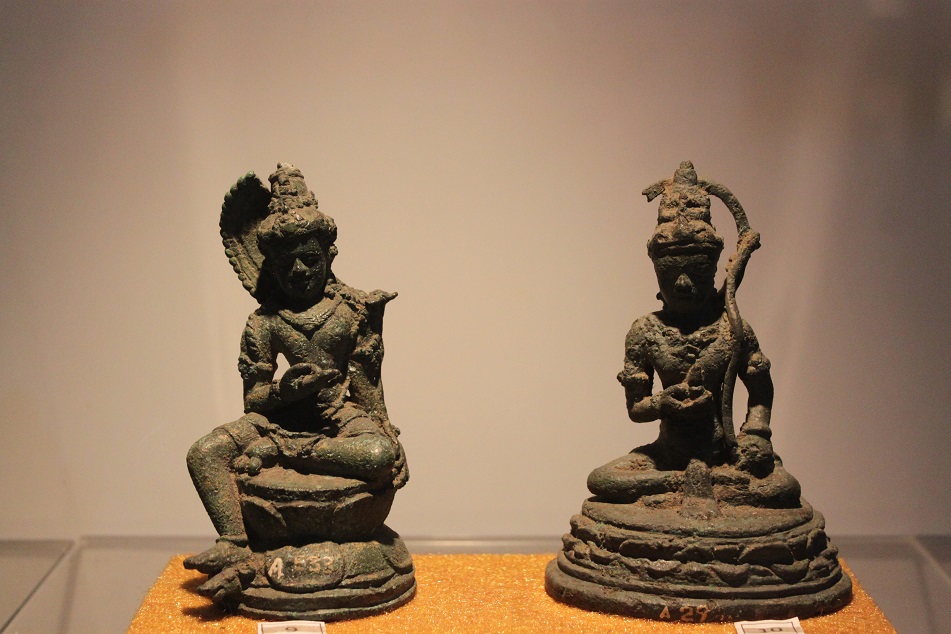
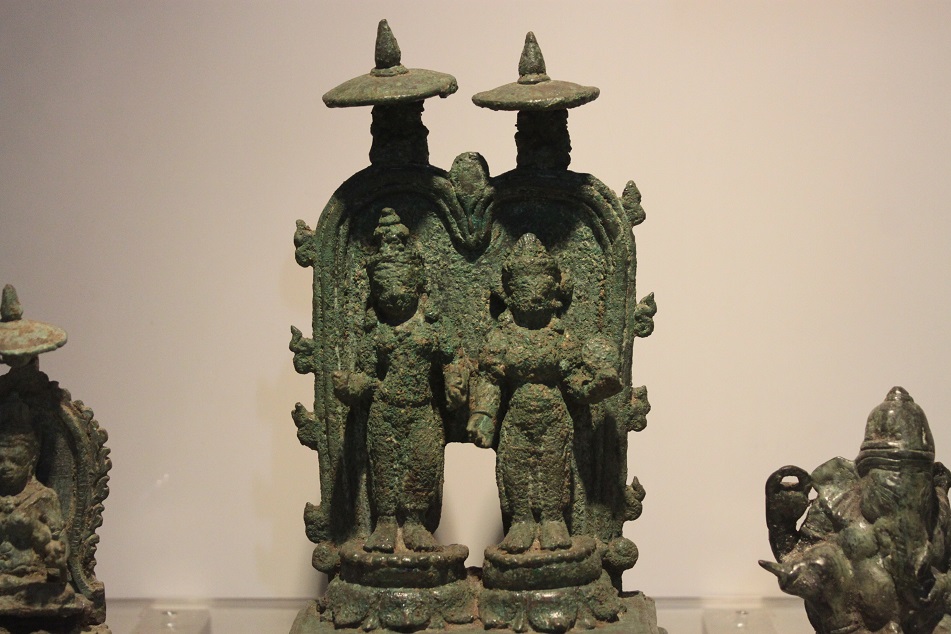
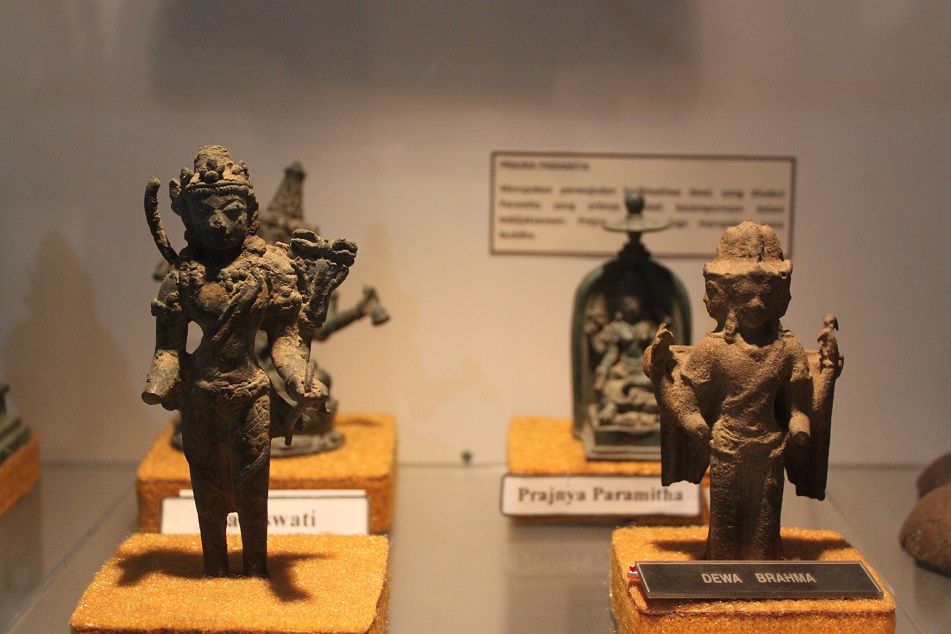
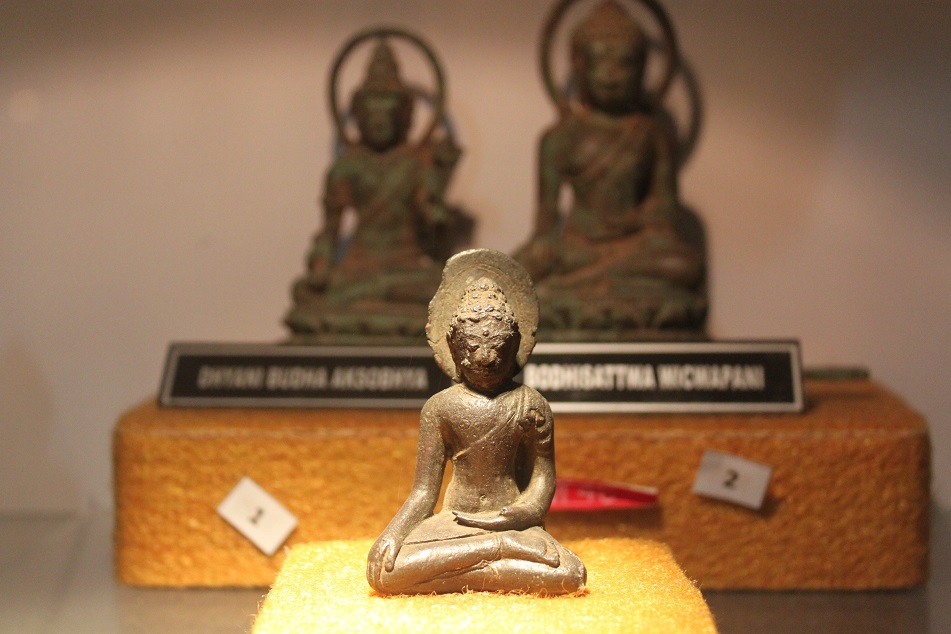


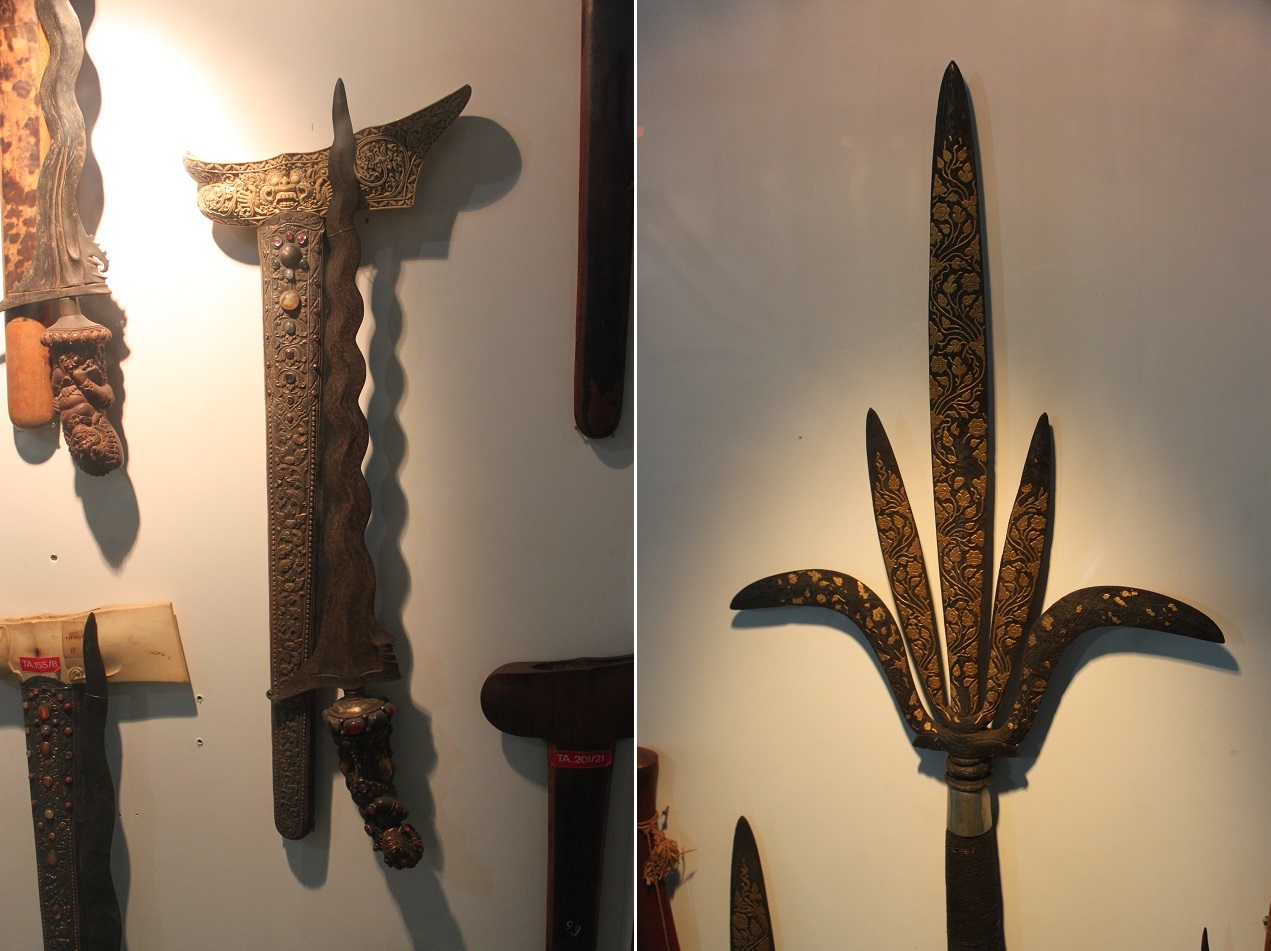
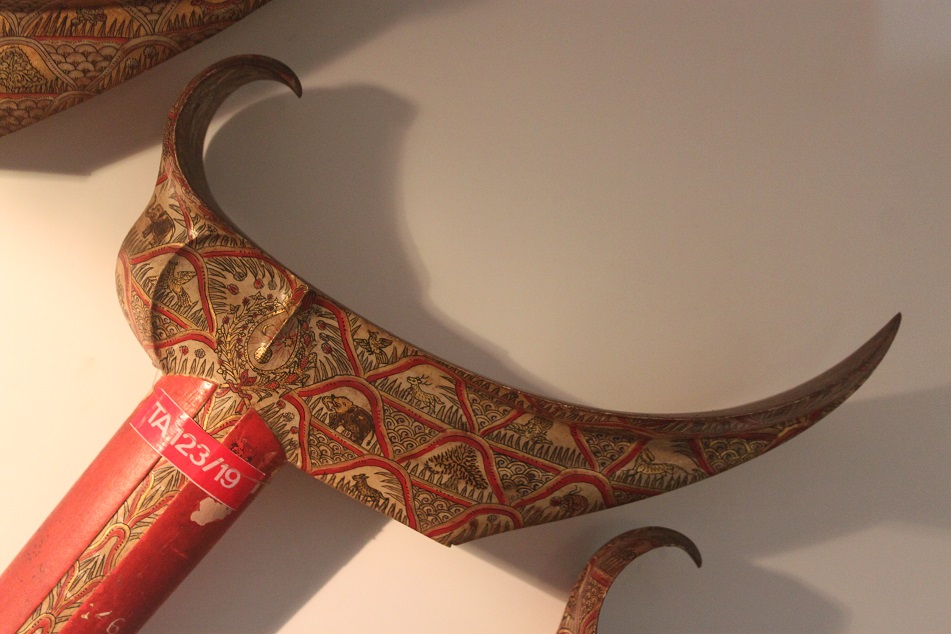

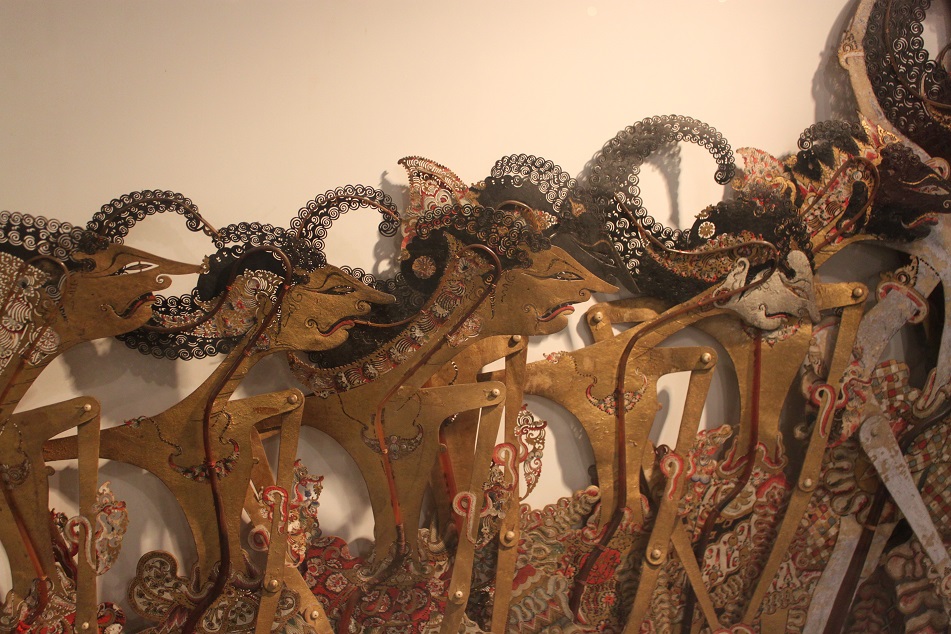


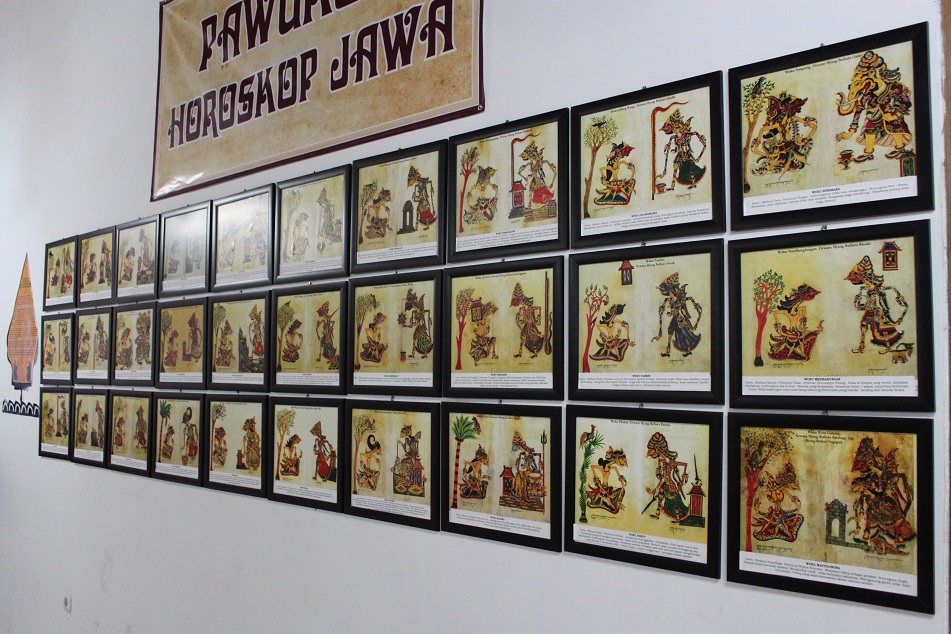


I didn’t know this museum before. Will surely pay a visit when in Solo! I agree, most museums in Indonesia should get an upgrade. Museums in other countries follow the progress of technology. I don’t see it happen with museums in here, not in the same pace as in elsewhere.
LikeLike
I remember on my visits to some museums in Hong Kong and Singapore, I wished to see those in Indonesia to look more like the ones in both cities. However, I believe money is not the only thing that is important; good management is the other defining factor whether or not a museum will thrive.
LikeLike
Nice to see Hindu and Buddhist influences in ancient Java. Those statues of Shiva, Parvati and other statues made me feel as if it were a museum in India itself!
LikeLike
The feeling is mutual. When I went to India, it was really fascinating to explore the land where these ancient religions originated. If you travel to Indonesia, Thailand, Cambodia or Vietnam you’ll see the past connections between these Southeast Asian nations with India.
LikeLike
Thanks for yet another tour. As usual, your incisive account is supplemented with exquisite images.
LikeLike
Your kind words are always appreciated, Umashankar!
LikeLike
I suggested to my daughter yesterday that we might visit Melbourne’s museum and her comment was that it was boring.
Never knew about France’s connection to Indonesia. Were the stolen statues ever recovered?
LikeLike
Ha! Well, everyone’s is different.
What I know is that those statues were found at a businessman’s house in Jakarta and have been returned to the museum.
LikeLiked by 1 person
I knew this museum from the case of statues theft. I didn’t know how the progress of that case was after one of expert witness was found dead in Yogyakarta.
It was really sad since we (including my self) were incapable to preserve our heritage.
However, this give us good lesson to give more attention to all museums in INdonesia.
I visited a museum in Bangkok few year ago. I witnessed that how many museum in Indonesia were left behind.
LikeLike
Oh my! I didn’t know about the death of one of the witnesses. But from what I read it seems like the statues have been returned to the museum. CMIIW.
In my opinion, public awareness to preserve our cultural heritage is still quite low, although I believe more and more people now realize its importance. Speaking of museums in Bangkok, actually I haven’t visited any of them as I tend to stick to the palace and the temples. Next time I should!
LikeLiked by 1 person
I agree with you.
By the way, if you visit Bangkok again, the Rattanakosin Exhibition Hall is recommended. It display the Thai history by using interactive technology.
LikeLike
Well noted, Ahmad. I’ll keep that in mind.
LikeLiked by 1 person
Fascinating and wonderful!
LikeLike
Thank you for reading, Adelheid!
LikeLike
Hmmm… never heard about this museum before, even from our friends in Solo. Btw is there any museum in the mall by the beach?
*anaknya mauan*
LikeLike
The first time I heard about this museum was when it made national headline because of the theft — not really a good impression to begin with. As for your question, which beach is this?
LikeLike
Nothing, just my mumbling mouth as usual, hahaha
LikeLike
Bama I must confess that given choices between adventure and museums I almost always chose the more active choice. I was intrigued by the heist pulled off from the inside here at the museum! My goodness. Thank you for continuing to show readers the value of history in travel. I know I for one need to broaden my travel with more emphasis on learning through these types of outings. Not everything needs to be about adrenaline.
LikeLike
I love doing outdoor activities too, although not as much as you do. 🙂 However, lately I’ve been visiting museums and ancient sites a lot more than I do rock climbing, or mountain hiking, or even cycling. As wise people say, moderation and balance are the keys to fulfilling and enriching travels.
LikeLiked by 1 person
So much exotic stuff in there! The music box is indeed a little sad-looking, but some of the other items are very intriguing (the little Buddha, the instruments, and the bizarre creature!). I’m a 50-50 museum gal – sometimes I am totally into them and sometimes I just can’t bear to go inside for a long time. I will say I move fast through most museums; I do want to have been there, but I’m not a dawdler!
LikeLike
I can spend an unreasonable amount of time in a museum; when James and I went to Hyde Park Barracks Museum in Sydney, we spent around three hours there, and it’s not a really big museum! I remember when I went to the Louvre more than 10 years ago, I promised myself I would return one day to see more of the vast museum. I haven’t returned to Europe since then, though. But one day I will.
LikeLiked by 1 person
You and my son should go to museums together! He savors every exhibit and sometimes just stands and ponders things for what you have called an unreasonable amount of time! 🙂
LikeLike
Your son and I can be really good friends! 🙂
LikeLiked by 1 person
Fascinating! Love museums and historic preservation. I wonder if the Metropolitan museums in D.C. could help out this one? No idea if that’s done regularly or at all, but it jumped into my mind. Cheers.
LikeLike
That’s actually a good idea, reaching out to museums all around the world and ask them to share a thing or two about good museum management. But the question should begin with, do the stakeholders of Museum Radya Pustaka want to see it better managed? Anyway, thank you for reading!
LikeLiked by 1 person
Absolutely. And yes, it’s always a good idea to go back to your mission statement and what drives you (the museum in this case). Cheers!
LikeLiked by 1 person
I love museum and I visited a local museum whenever I traveled. Indonesian’s museums face similar problems as museums in developing countries. In the end preservation and adapting to current markets required money. I think it is ok to allow the private sectors to participate. I love the presentation of the some cultural exhibitions in the Netherlands and their exhibitions sponsored by private sectors. Great reflection on museums, Bama. Hope Indonesia can keep their best museums..
LikeLike
As you know, there’s only a handful of museums in Indonesia that are well-managed and worth visiting. And yes, they all require a lot of money to run. Embracing partners from private companies and individuals is one of the most feasible solutions to this. I surely hope the same, Indah. Thanks for reading!
LikeLike
Nice read as usual!
LikeLike
Thanks Syam! Glad you enjoyed this post.
LikeLike
It is interesting that while certain museums garner so much attention, others find it difficult to attract interest. I have definitely avoided certain museums while traveling as well, choosing instead to visit landmarks or ruins instead.
LikeLike
When I visit a new place with a limited time, I tend to focus on the main attractions as well. I just returned from a short trip to Seoul and the only museum I went to was the National Museum of Korea, which was very impressive! Based on my experience visiting the right museum before exploring a place’s landmarks or ruins can provide a good foundation to understanding their history.
LikeLiked by 1 person
Very interesting as always! Bye. Kamila
LikeLike
Thank you, Kamila!
LikeLiked by 1 person
It seems that private museums in Indonesia do a much better job when it comes to maintenance and making things user-friendly – our recent visit to MACAN in West Jakarta was practically at the opposite end of the spectrum compared to Radya Pustaka. Not just in terms of the exhibits with all those funky modern art pieces, but also the way they were presented and how well-kept things were. I hope some generous benefactors step in and give Radya Pustaka the upgrade it sorely needs…
LikeLike
Bureaucracy and lack of transparency really don’t help government-run museums to improve themselves. Remember Museum Ullen Sentalu in Jogja? Compare that to the main museum in the city, there’s a big difference between the two. I wonder if whole or partial privatization is actually what Museum Radya Pustaka needs.
LikeLiked by 1 person